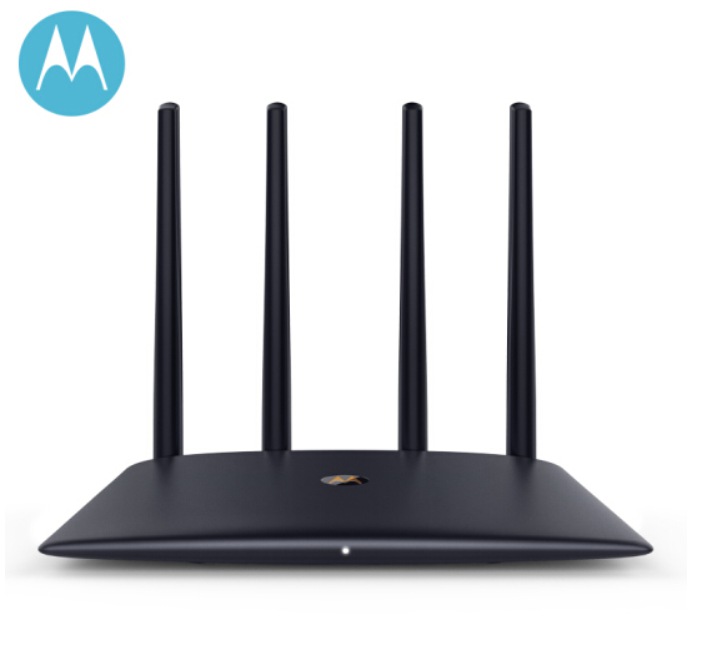According to the latest report by IHS Infonetics, the virtual router and bare Metal Exchange markets are bright, despite the apparent decline in the data center network equipment market. According to IHS Infonetics’s latest series of reports, the performance of various areas of the global online market is uneven. For example, the Global Data Center network [note] The equipment market’s revenue in the first quarter of 2015 was only $2.6 billion, down 14% from the fourth quarter of 2014.
But in the first quarter of this year, the bare Metal Exchange market showed a vibrant, port shipments increased by 12% on the same scale. “Open networks, with open source software and open source hardware designed to allow anyone to participate in innovation, are bringing about change in the network, just as the open source movement has changed the server and OS markets,” said Cliff Grossner, IHS’s data center, Cloud and Sdn research manager.
By market zoning, the global operator router and switch market had revenue of $3.3 billion in the first quarter of 2015, down 13% from a month. IHS Infonetics’s latest forecast for this market area is a compound average annual growth rate of 2.1% percent between 2014 and 2019. Despite slowing growth in the overall router market, one market segment highlighted the highlight, which is the virtual router.
IHS predicts that the virtual router market will soar by 125% between 2016 and 2015. Michael Howard, senior operator network research manager at IHS, said: “Operators plan to move more business to edge routers and nfv[note servers to transfer more metropolitan and transport capabilities to packet fiber transfer systems (P-OTS), but this does not mean that enterprises in routers and switches spending in the next five years will appear a significant decline in the situation. In fact, income growth in this area will only slow down.
IHS also reported on NFV deployment planning for global operators and found that 35% operators had developed NFV deployment plans this year. “While we are still in the early stages of migrating to the NFV-SDN architecture network, in 2015, many operators were moving from the concept validation and laboratory evaluation phases to the commercial deployment phase,” Howard said. Operators generally agree that NFV Plus SDN will bring about fundamental changes in the architecture of the telecommunications network, will bring significant benefits in terms of service agility and the addition of new revenue streams, while significantly improving operational efficiency and saving capital expenditure. ”




